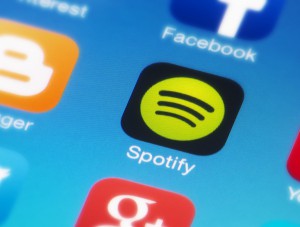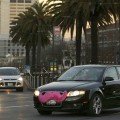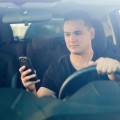 Uber and Spotify are partnering to offering a new feature that stakeholders hope drives business for both companies. By linking the apps, passengers will be able to stream their personal Spotify playlists while riding in Uber cars.
Uber and Spotify are partnering to offering a new feature that stakeholders hope drives business for both companies. By linking the apps, passengers will be able to stream their personal Spotify playlists while riding in Uber cars.
Riders use the Uber app already to summon a car on demand. Now, they will be prompted within the Uber app to stream their Spotify account during their ride.
The partnership isn’t the first Uber has launched as the fledgling car-on-demand service works toward making Uber a seamless, personalized experience for their users. Uber users can already call for a car from the Google maps app. Uber also is trying food delivery and courier services in some markets.
For Spotify, which has more than 50 million users worldwide, it is a chance to expand their reach further. Its 2011 partnership with Facebook pulled in millions of new customers.The collaboration with Uber will put the streaming music company where even more listening happens by capitalizing on the ride-sharing company’s captive audiences in more than 50 countries.
“One of the big things for us is how do we get into the car,” Spotify CEO Daniel Ek told reporters.” Instead of just doing car integrations, we thought about what’s the next generation of transportation systems and Uber is such a perfect fit for us.”
The relationship, which Uber CEO Travis Kalanick called “sexy, interesting and fun,” is expected to expand the number of users for both Uber and Spotify.
But not everyone is thrilled with the plan.
To offer riders the option to play their Spotify lists, Uber drivers will need to connect their work phones to the car’s speakers with an auxiliary port, which exists primarily in newer cars.
Some have expressed concern about the expectations and potential repercussions on an online forum for Uber drivers. Some worry that if they opt out or do not have the auxiliary port, passengers will give them a low rating, which will ultimately impact their business.
The feature, available only to Spotify’s paying customers, will launch Nov. 21 in London, Los Angeles, Mexico City, Nashville, New York, San Francisco, Singapore, Stockholm, Toronto and Sydney. The companies plan to expand the feature to other cities in the future.





